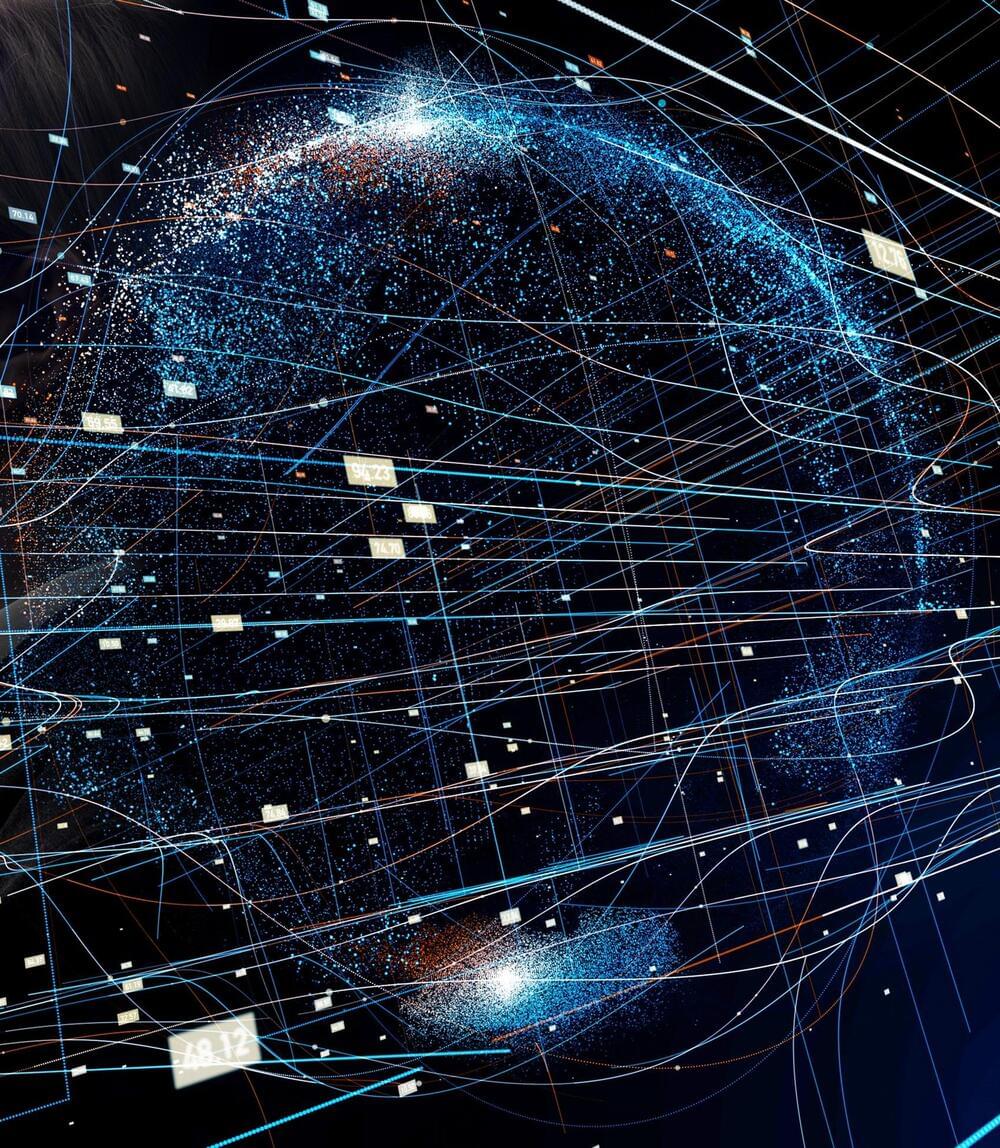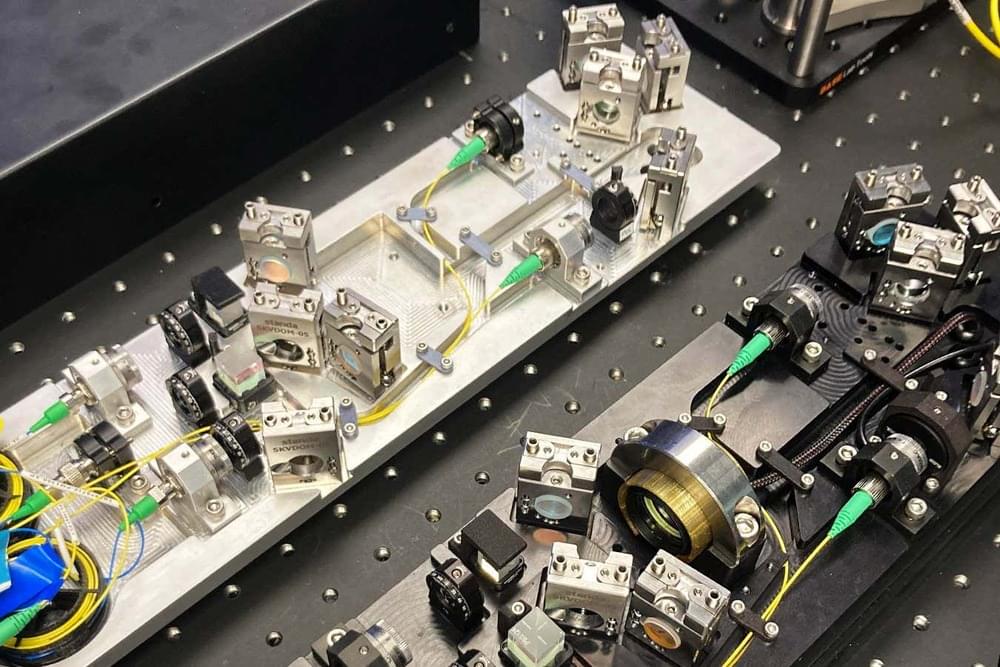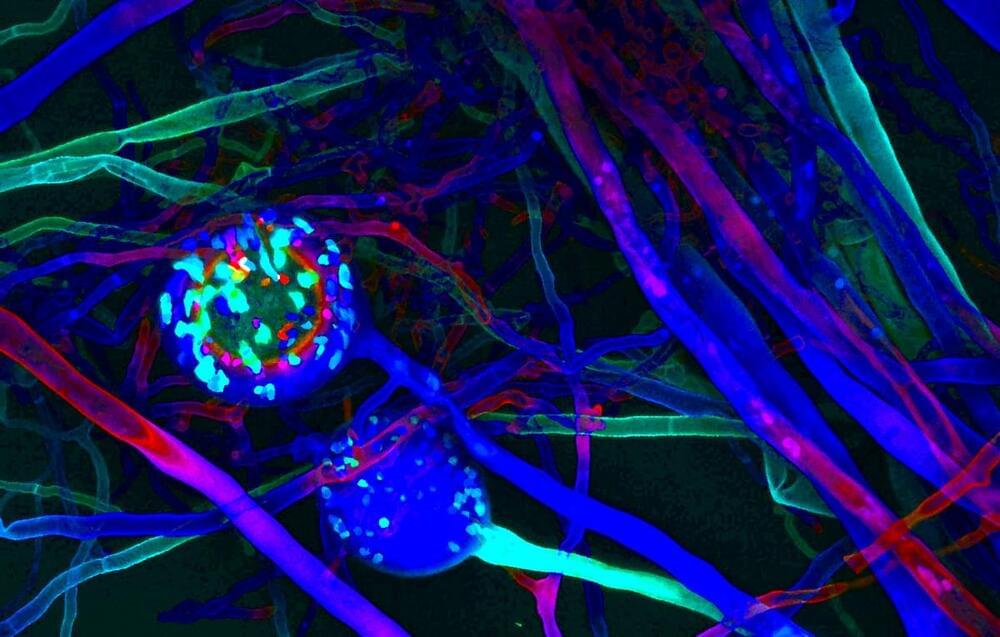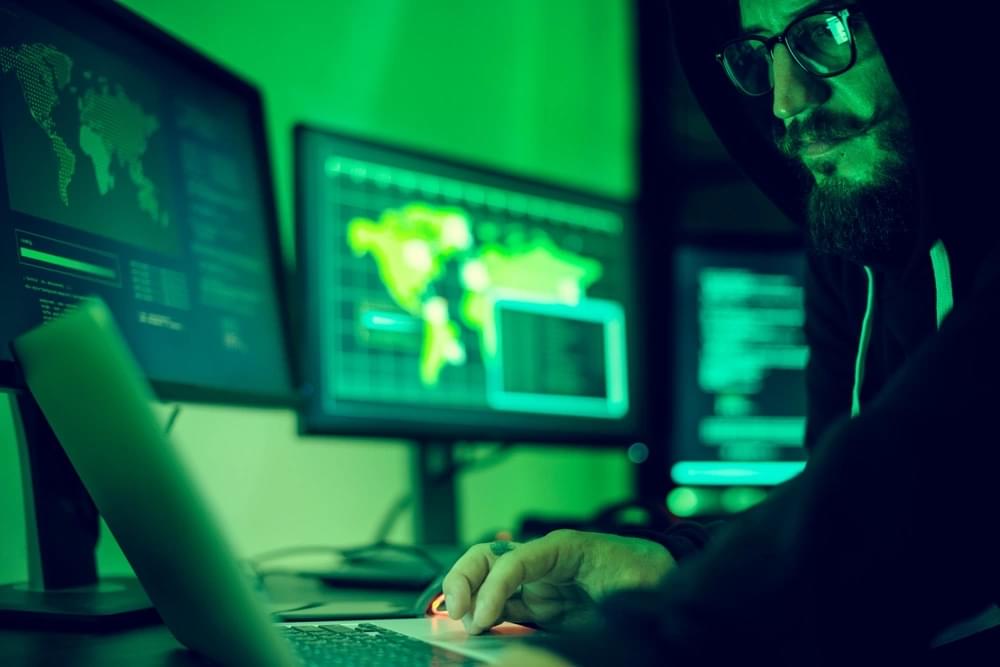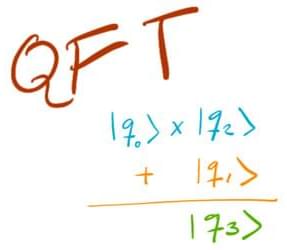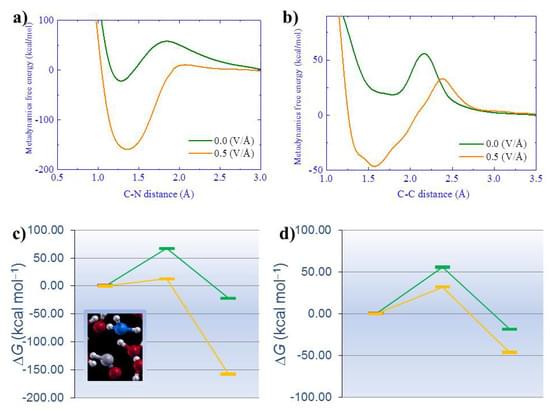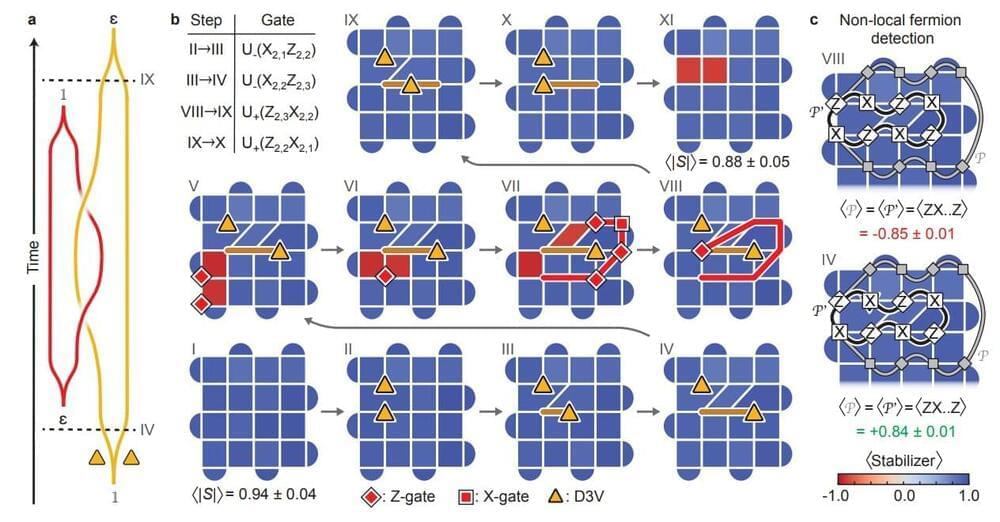This paper presents a relevant contribution towards an effective and convenient “Science 2.0” universal computational framework to achieve deeper cognitive intelligence at your fingertips and beyond. Computational information conservation theory CICT can help us to develop competitive applications and even advanced quantum cognitive computational application and systems towards deep computational cognitive intelligence. CICT new awareness of a discrete HG hyperbolic geometry subspace reciprocal space, RS of coded heterogeneous hyperbolic structures, underlying the familiar Q Euclidean direct space, DS system surface representation can open the way to holographic information geometry HIG to recover lost coherence information in system description and to develop advanced quantum cognitive systems. This paper is a relevant contribution towards an effective and convenient “Science 2.0” unive.

